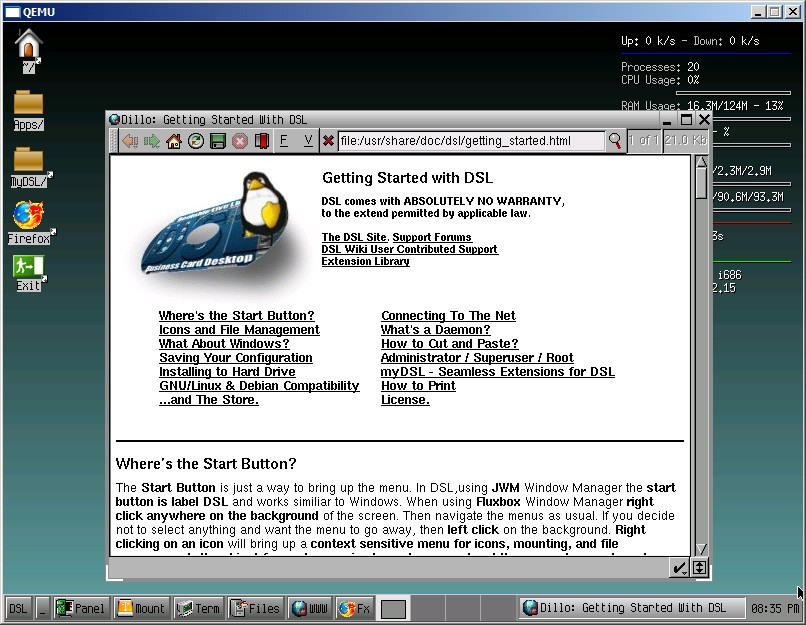Boot Windows Iso With Syslinux Usb
When i used pxelinux, i can load my grub. Notepro 4 0 Crack T3d1 Rar here. exe but it didn't find any menu.lst!!! Also i tried this link but still didn't find any menu.lst What is the best way to boot an ISO image (650mb) without memdisk from PXElinux?

You probaly need to 'pass' the menu.lst as a parameter when invoking grub.exe. Also which EXACT version of grub4dos are you using? WHICH are the contents of it's embedded menu.lst? Please DESCRIBE the setup you are using AND post the FULL details of it. For the record, you originally asked how to use isolinux, which is not PXElinux. Tnx RoyM & icecube, Finally i solved my problem with these configs But it seems that your goal has changed a bit. The strategy you are using will map an.ISO into memory as a RAM disc, which you were originally trying to avoid.
If you are using PXELINUX, that suggests that you could potentially use iPXE to SAN-boot the.ISO. As long as the.ISO is served by a web-server (not TFTP). Trailer 2017 Online Watch Under Sandet.
I think it'd go something like this from the iPXE CLI: iPXE>sanboot or, in an iPXE script: #!ipxe sanboot http://webserver/lfs.iso.
Boot an Iso image. From Syslinux Wiki. Jump to: navigation, search. You can boot install a bootmanager on CD. That`s called ISOLINUX. May be a silly question but why dont you do disk images rather than iso images? Cant syslinux boot. Windows version list. Create a bootable ISO from Multi-Boot USB. Problem with setting up multiboot ISO usb using. Mount the iso (I used Windows 10. Browse other questions tagged boot dual-boot live-usb iso syslinux or ask. Booting ISO images from a USB. Of booting from USB. (It is possible to boot from another disk and chainload to. As I do not use Windows) Syslinux.
4.4. Preparing Files for USB Memory Stick Booting For preparing the USB stick you will need a system where GNU/Linux is already running and where USB is supported. You should ensure that the usb-storage kernel module is loaded ( modprobe usb-storage) and try to find out which SCSI device the USB stick has been mapped to (in this example /dev/sda is used). To write to your stick, you will probably have to turn off its write protection switch.
Note, that the USB stick should be at least 128 MB in size (smaller setups are possible if you follow ). # mkdosfs /dev/ sda1 Take care that you use the correct device name for your USB stick. The mkdosfs command is contained in the dosfstools Debian package.
In order to start the kernel after booting from the USB stick, we will put a boot loader on the stick. Although any boot loader (e.g. LILO) should work, it's convenient to use SYSLINUX, since it uses a FAT16 partition and can be reconfigured by just editing a text file. Any operating system which supports the FAT file system can be used to make changes to the configuration of the boot loader. To put SYSLINUX on the FAT16 partition on your USB stick, install the syslinux and mtools packages on your system, and do. 4.4.2.2. Adding an ISO image Now you should put any Debian ISO image (businesscard, netinst or even a full one) onto your stick (if it fits). The file name of such an image must end in.iso.
If you want to install over the network, without using an ISO image, you will of course skip the previous step. Moreover you will have to use the initial ramdisk from the netboot directory instead of the one from hd-media, because hd-media/initrd.gz does not have network support. When you are done, unmount the USB memory stick ( umount /mnt) and activate its write protection switch.